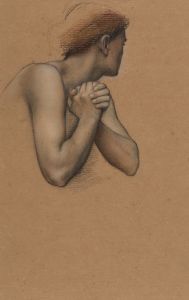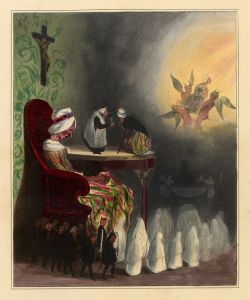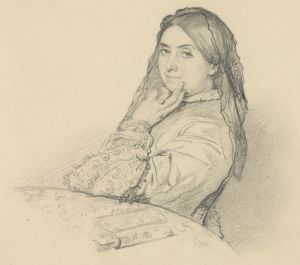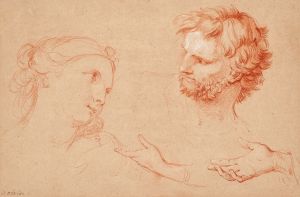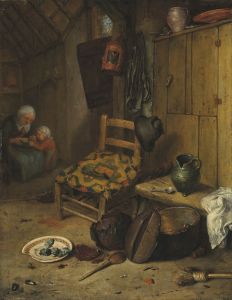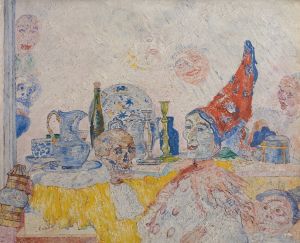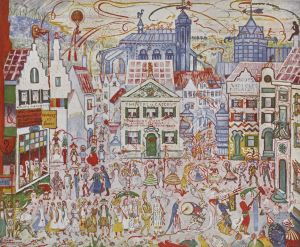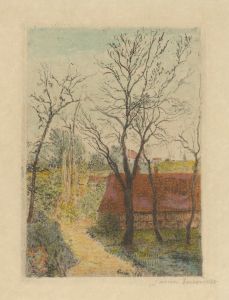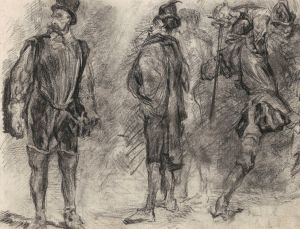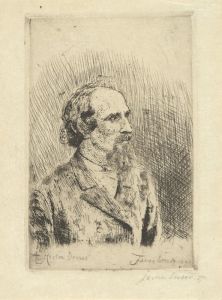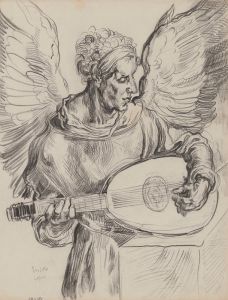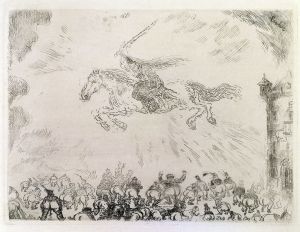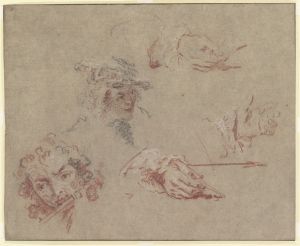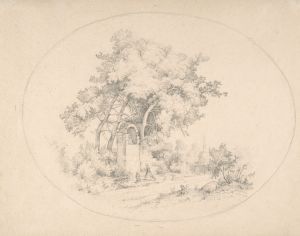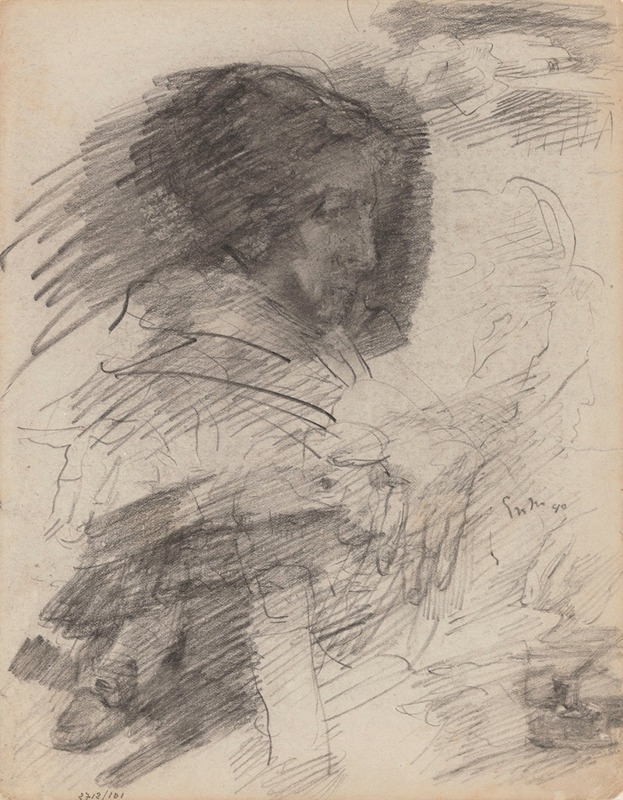
Mother of Ensor, Hands and Foot
A hand-painted replica of James Ensor’s masterpiece Mother of Ensor, Hands and Foot, meticulously crafted by professional artists to capture the true essence of the original. Each piece is created with museum-quality canvas and rare mineral pigments, carefully painted by experienced artists with delicate brushstrokes and rich, layered colors to perfectly recreate the texture of the original artwork. Unlike machine-printed reproductions, this hand-painted version brings the painting to life, infused with the artist’s emotions and skill in every stroke. Whether for personal collection or home decoration, it instantly elevates the artistic atmosphere of any space.
"Mother of Ensor, Hands and Foot" is a painting by the Belgian artist James Ensor, created in 1925. James Ensor (1860–1949) was a prominent figure in the Belgian avant-garde movement and is often associated with the Symbolist and Expressionist movements. His work is known for its vivid use of color, innovative techniques, and often satirical or grotesque subject matter.
Ensor was born in Ostend, Belgium, and spent most of his life there. His mother, Maria Catherina Haegheman, was a significant influence on his life and work. The painting "Mother of Ensor, Hands and Foot" is a testament to this personal connection, as it features his mother as the subject. The title itself is quite literal, focusing on specific parts of her body, which is characteristic of Ensor's unique approach to portraiture and representation.
The painting is executed in oil on canvas, a medium Ensor frequently used. It reflects his distinctive style, which often includes bold colors and expressive brushwork. Ensor's technique in this painting, as in many of his works, challenges traditional representations of the human figure. By focusing on the hands and foot, Ensor draws attention to the physicality and perhaps the labor or life experiences of his mother, though the exact interpretation is left to the viewer.
Ensor's work often contains elements of satire and social commentary, and while "Mother of Ensor, Hands and Foot" is a more personal piece, it still embodies his characteristic style. The painting can be seen as part of Ensor's broader exploration of identity, family, and the human condition. His mother, who ran a souvenir shop in Ostend, was a central figure in his life, and her presence in his work underscores the personal nature of his art.
Throughout his career, Ensor was known for his ability to blend the real with the fantastical, and while this painting is more grounded in reality, it still carries an emotional depth and complexity typical of his oeuvre. Ensor's work was influential in the development of modern art, particularly in how it paved the way for later Expressionist artists.
"Mother of Ensor, Hands and Foot" is housed in the Royal Museum of Fine Arts in Antwerp, Belgium, which holds a significant collection of Ensor's works. The museum's collection allows viewers to appreciate the breadth and depth of Ensor's artistic contributions and his impact on the art world.
In summary, "Mother of Ensor, Hands and Foot" is a significant work within James Ensor's body of art, reflecting his personal connection to his mother and his innovative approach to painting. It stands as a testament to his unique style and his ability to convey complex emotions and ideas through his art.





